RARE! WWII VII Fighter Command P-51 Mustang Pilot Saipan (Marianas Group) "Kneepocket" Flight Combat Map
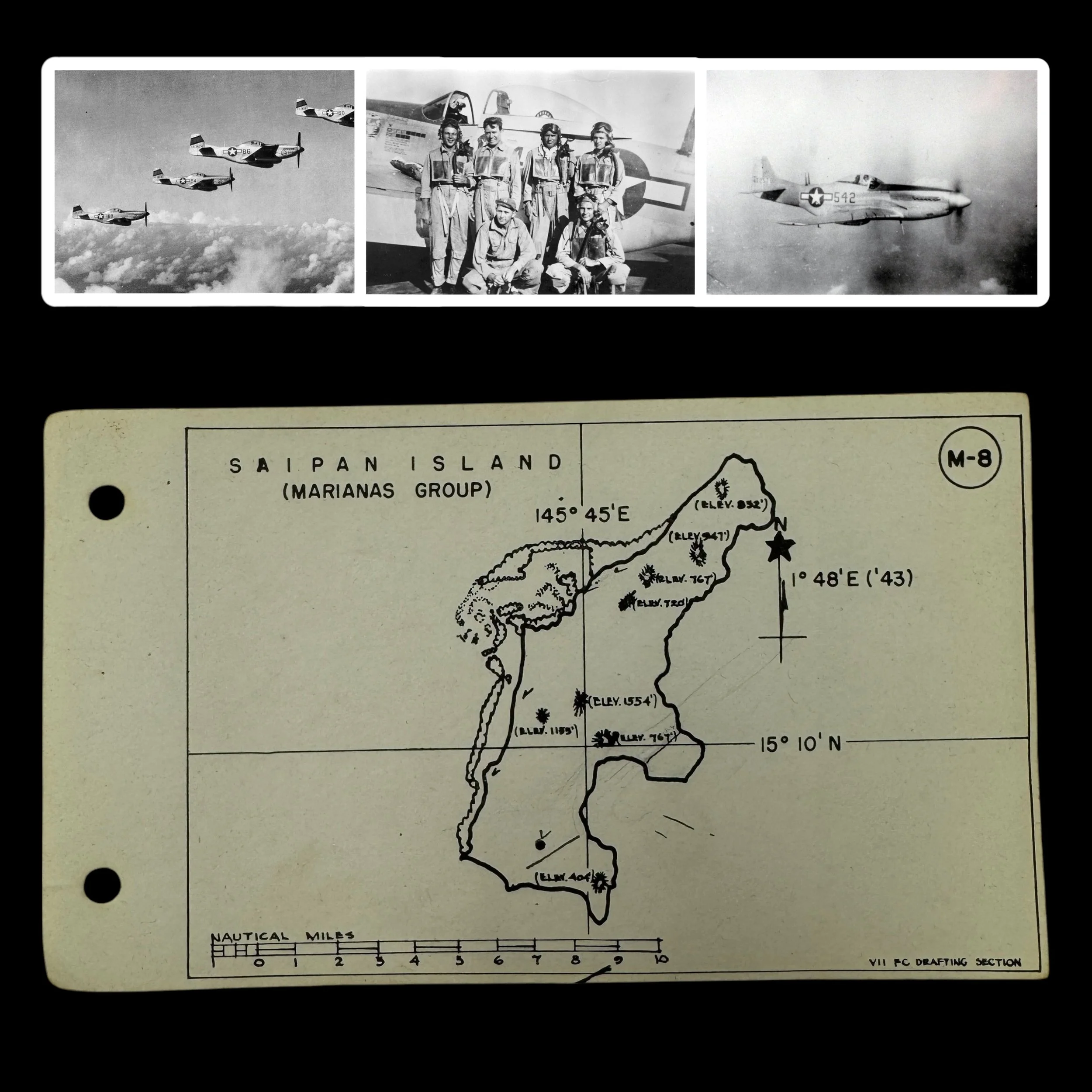
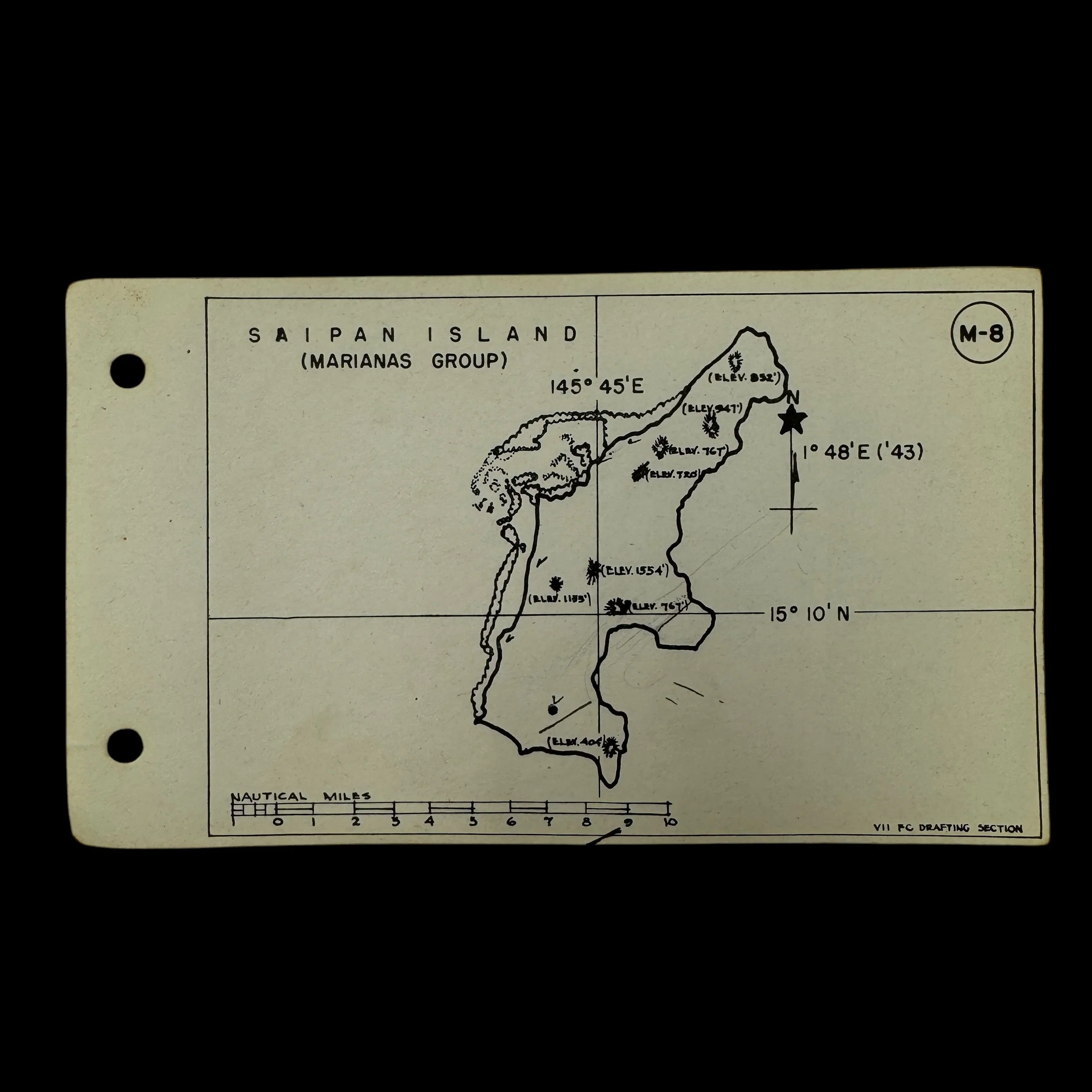
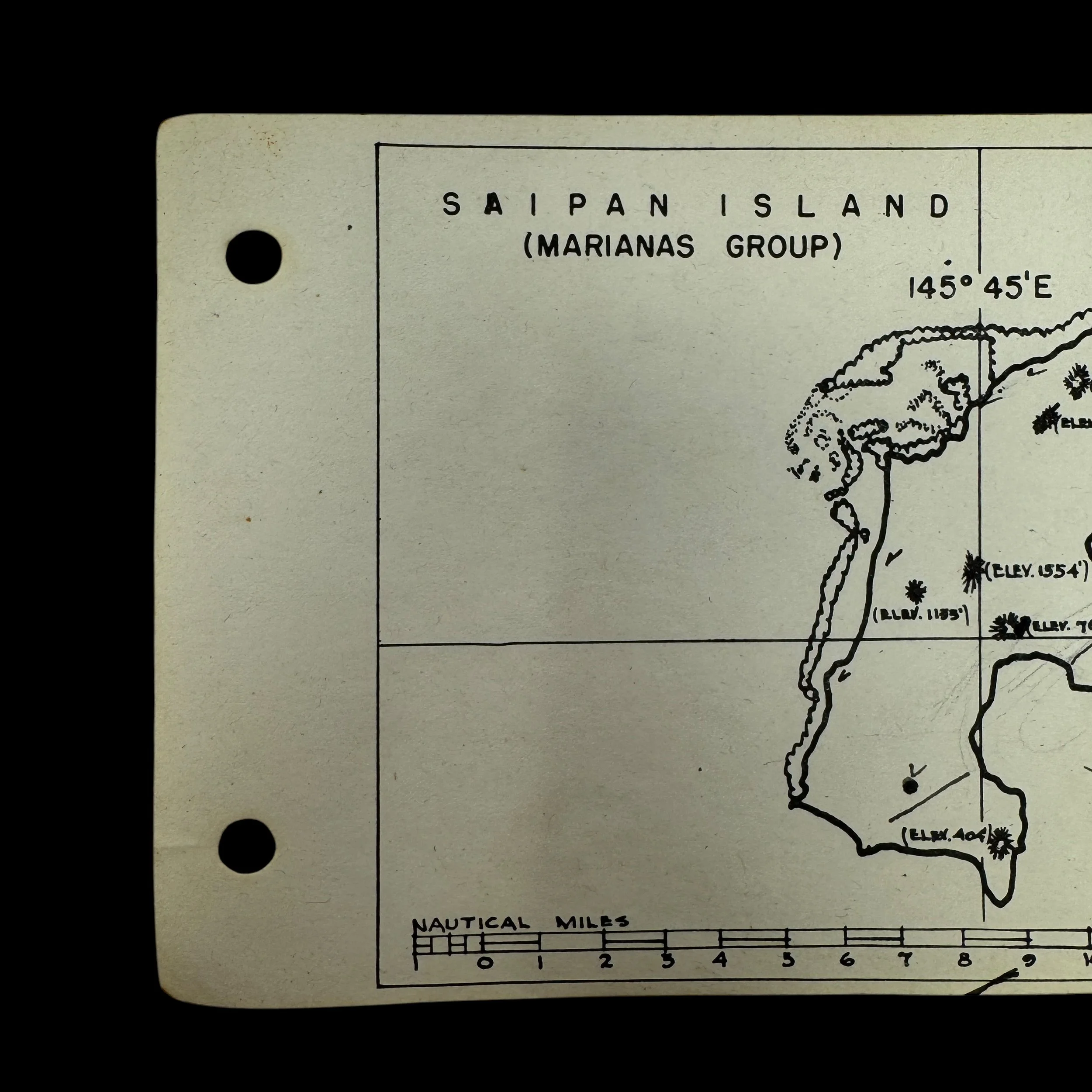
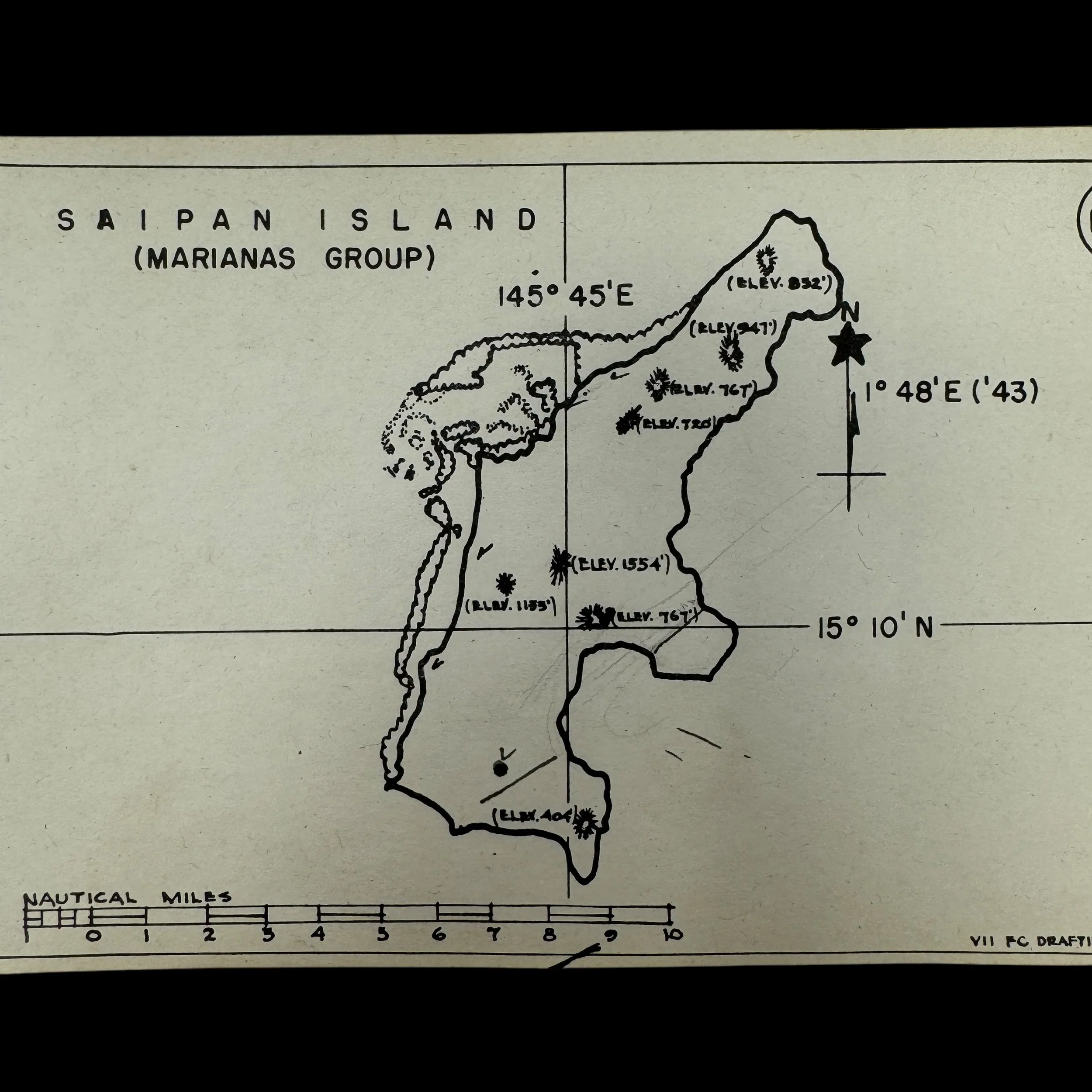

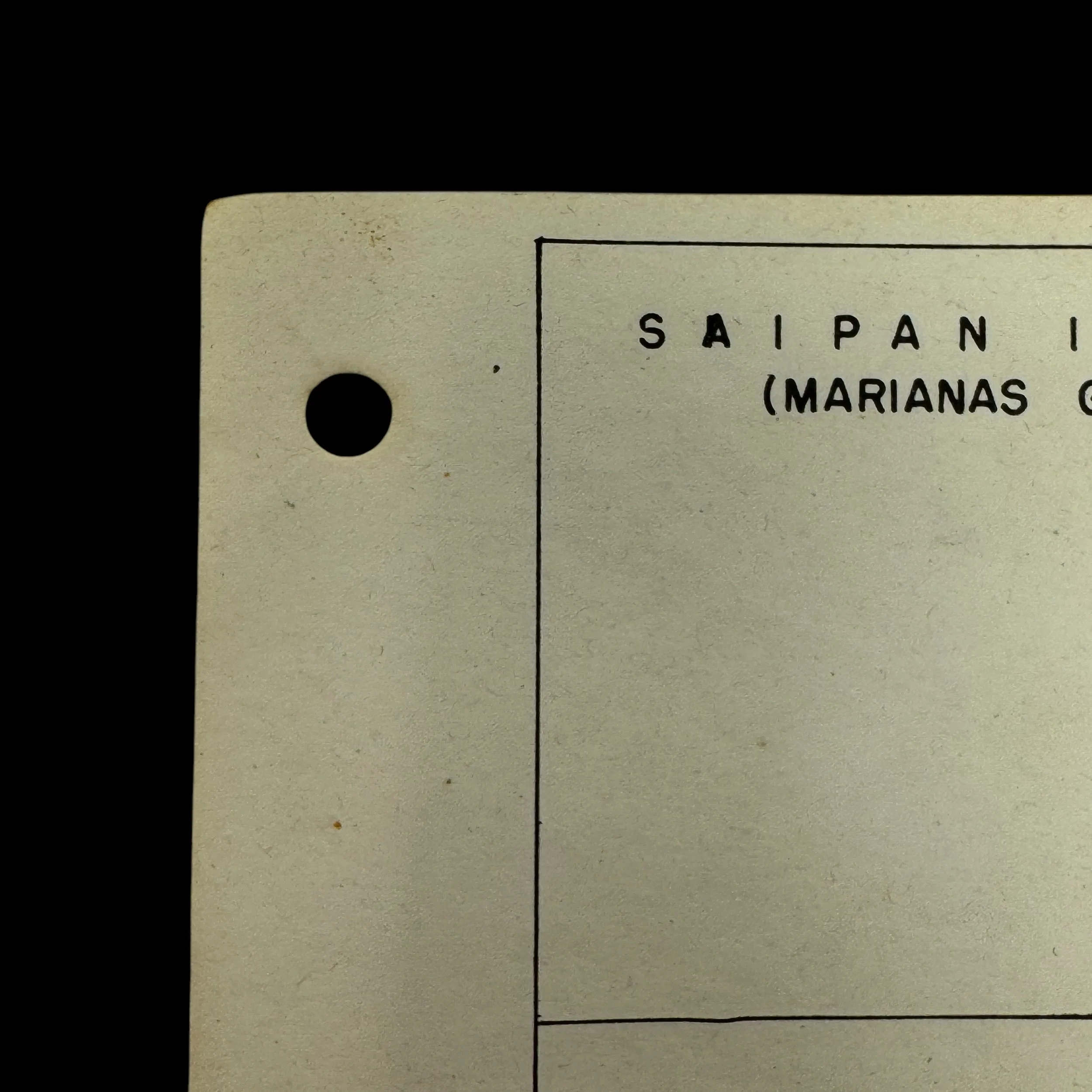
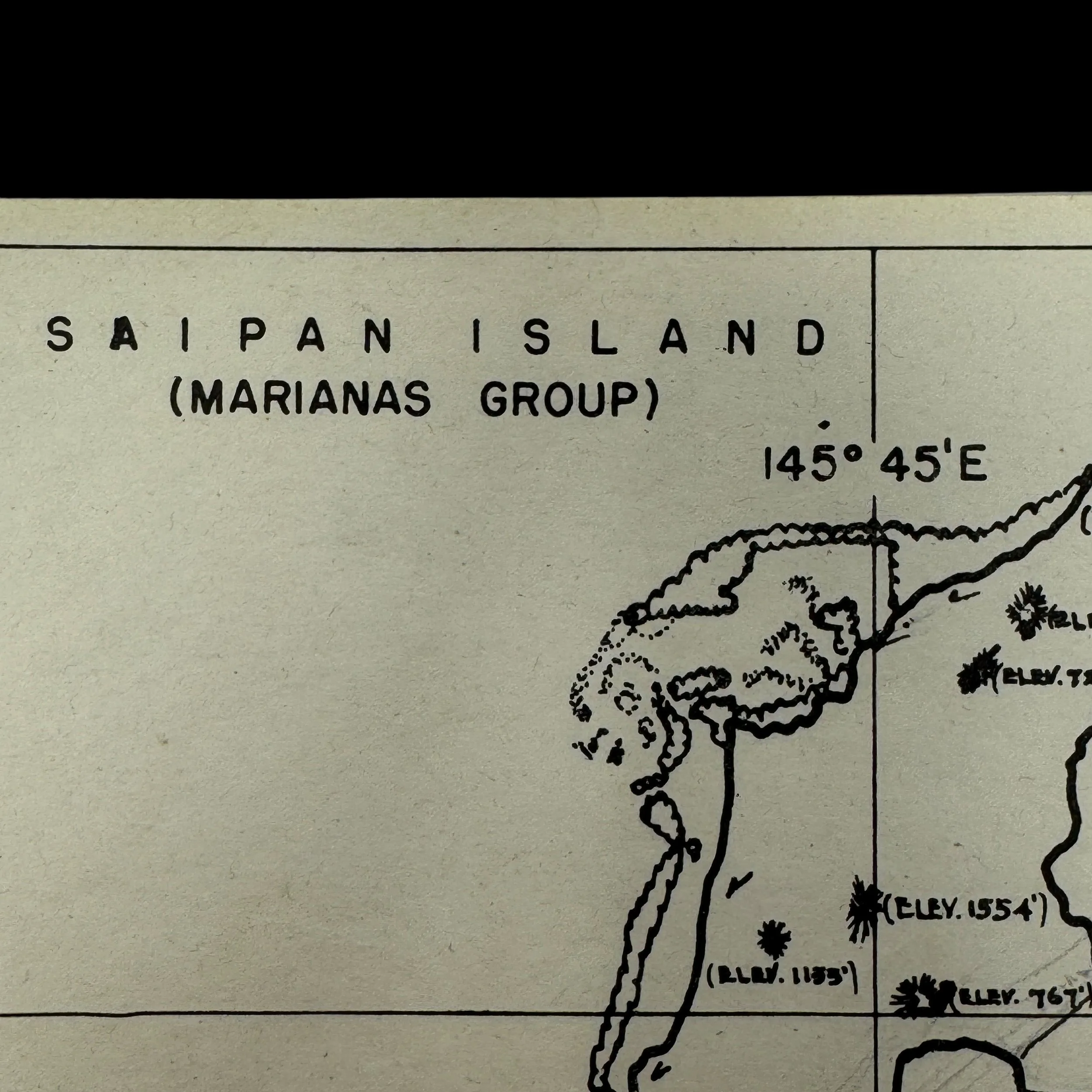
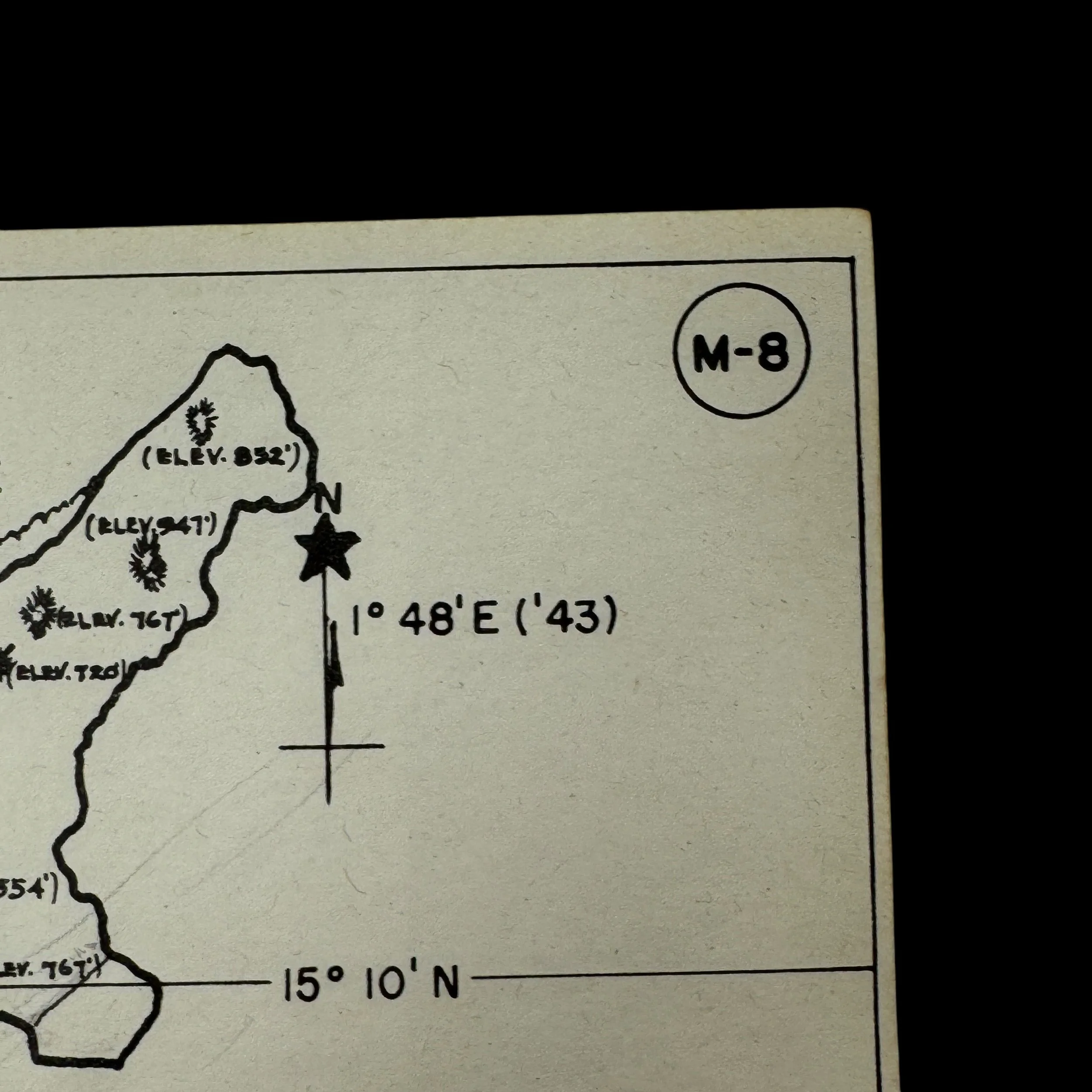
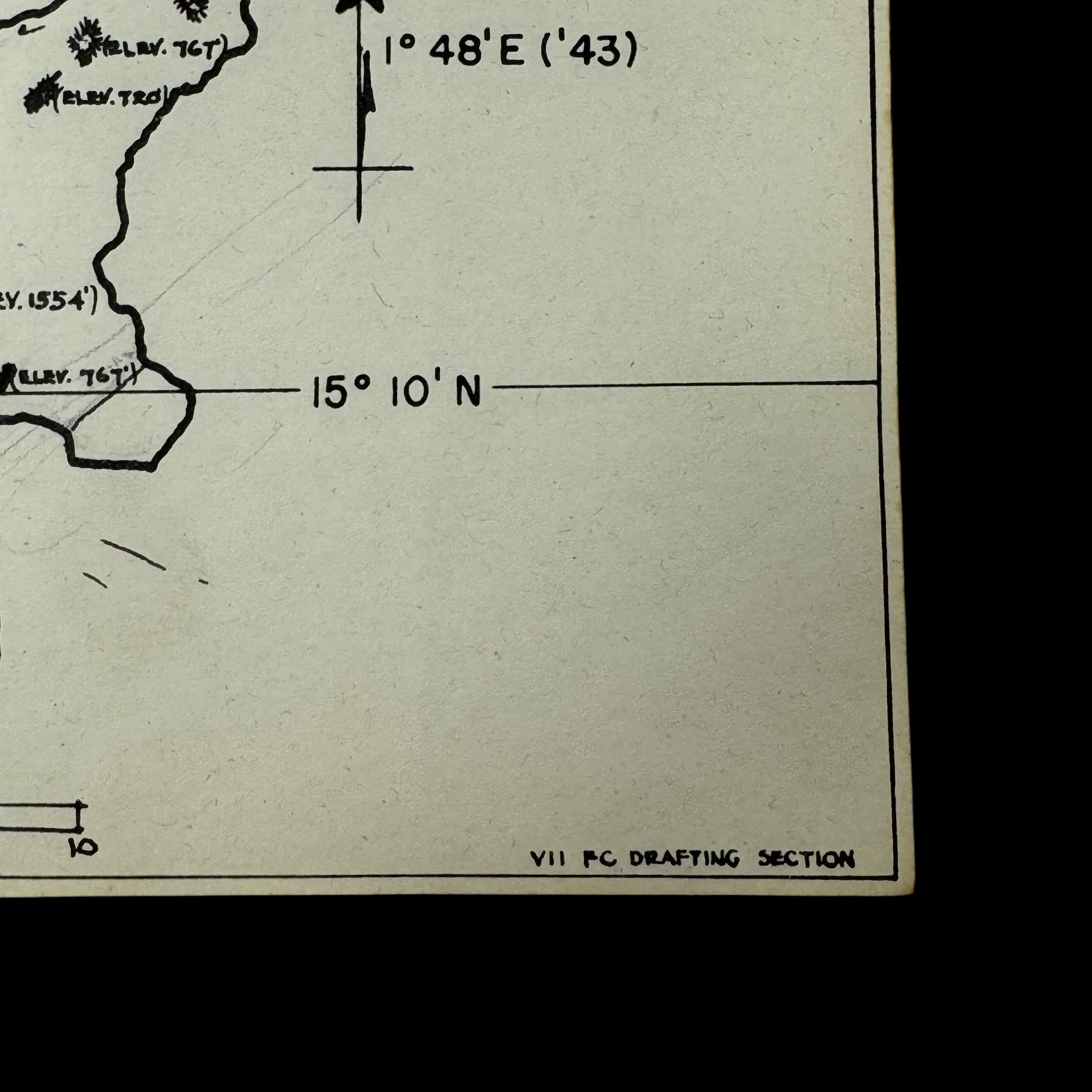
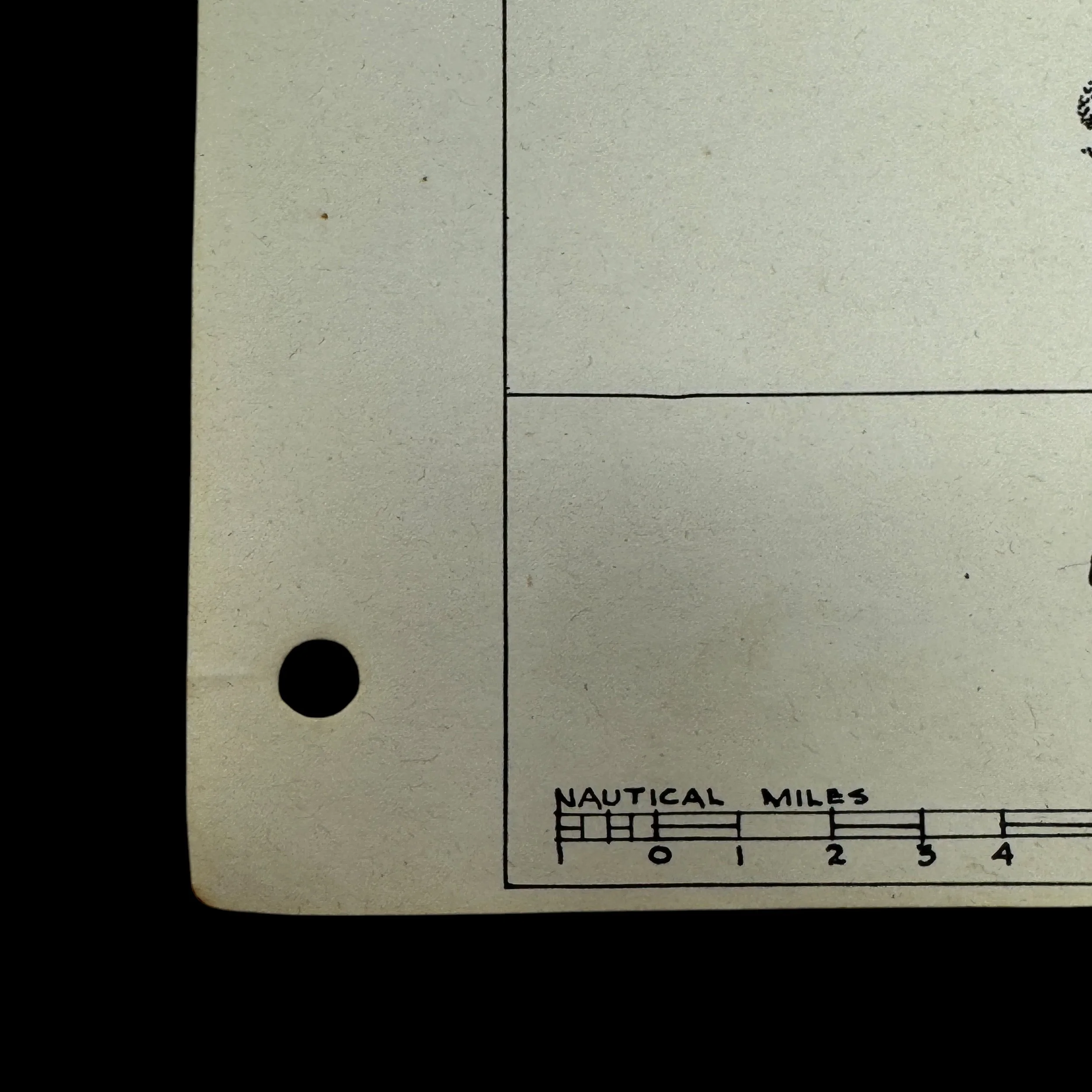
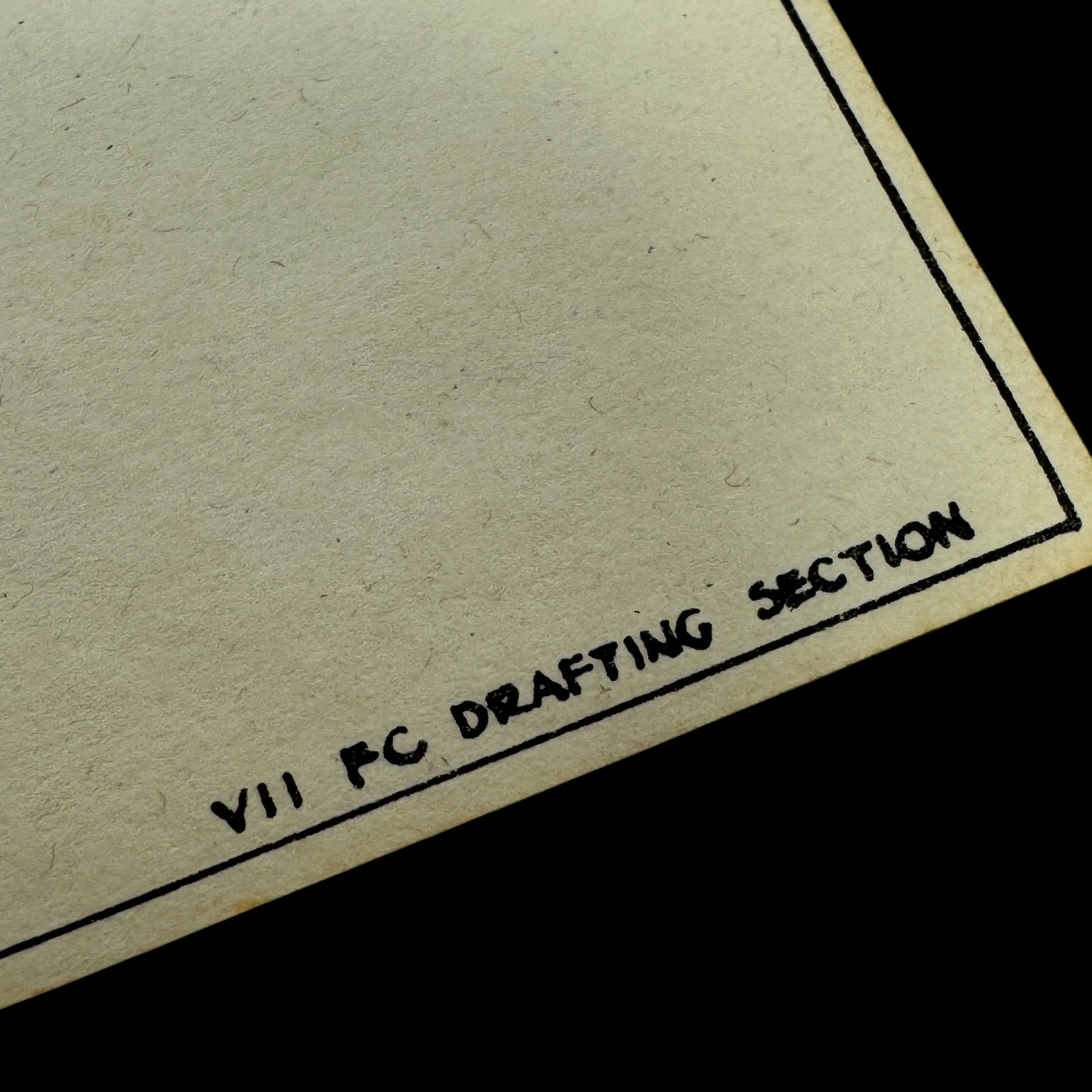
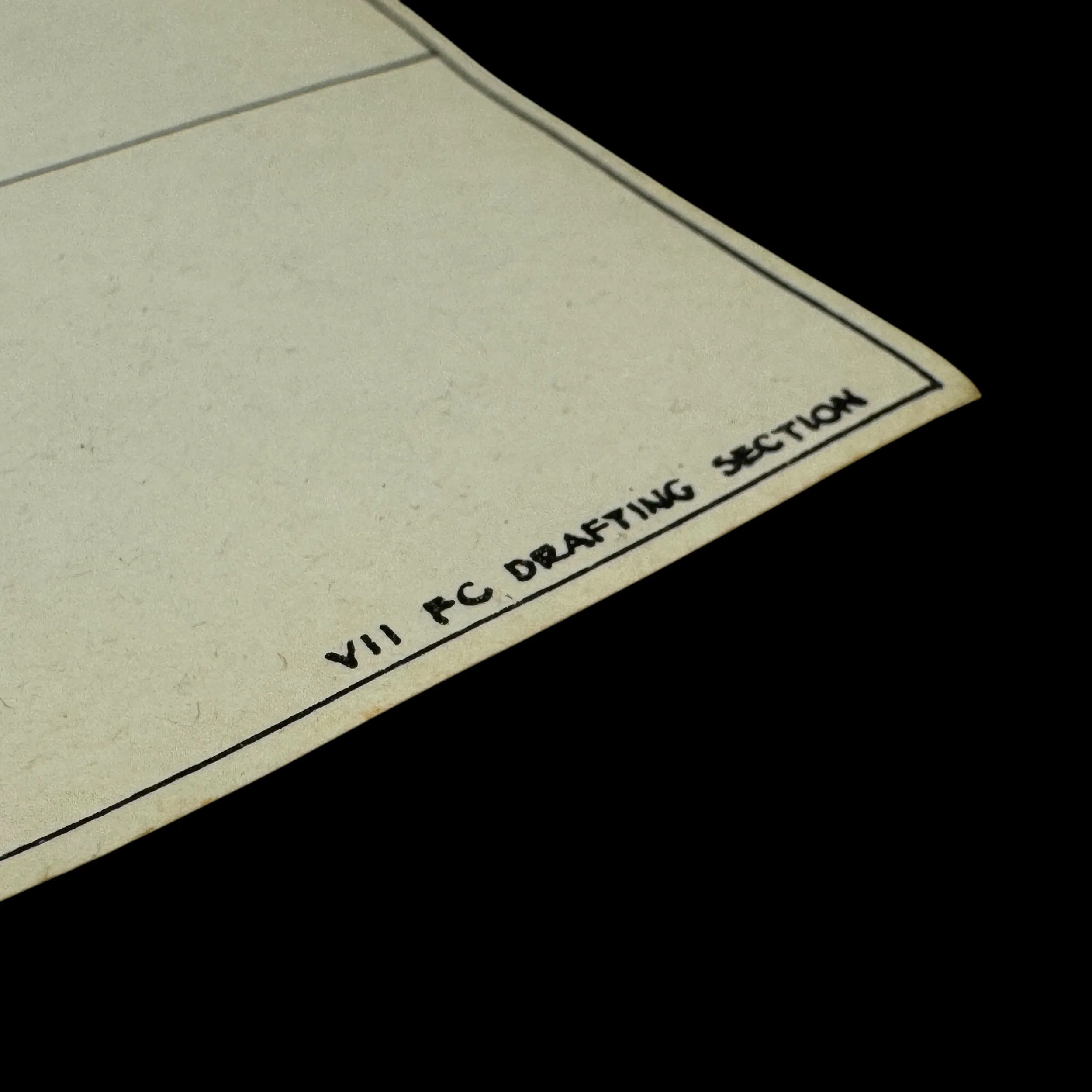
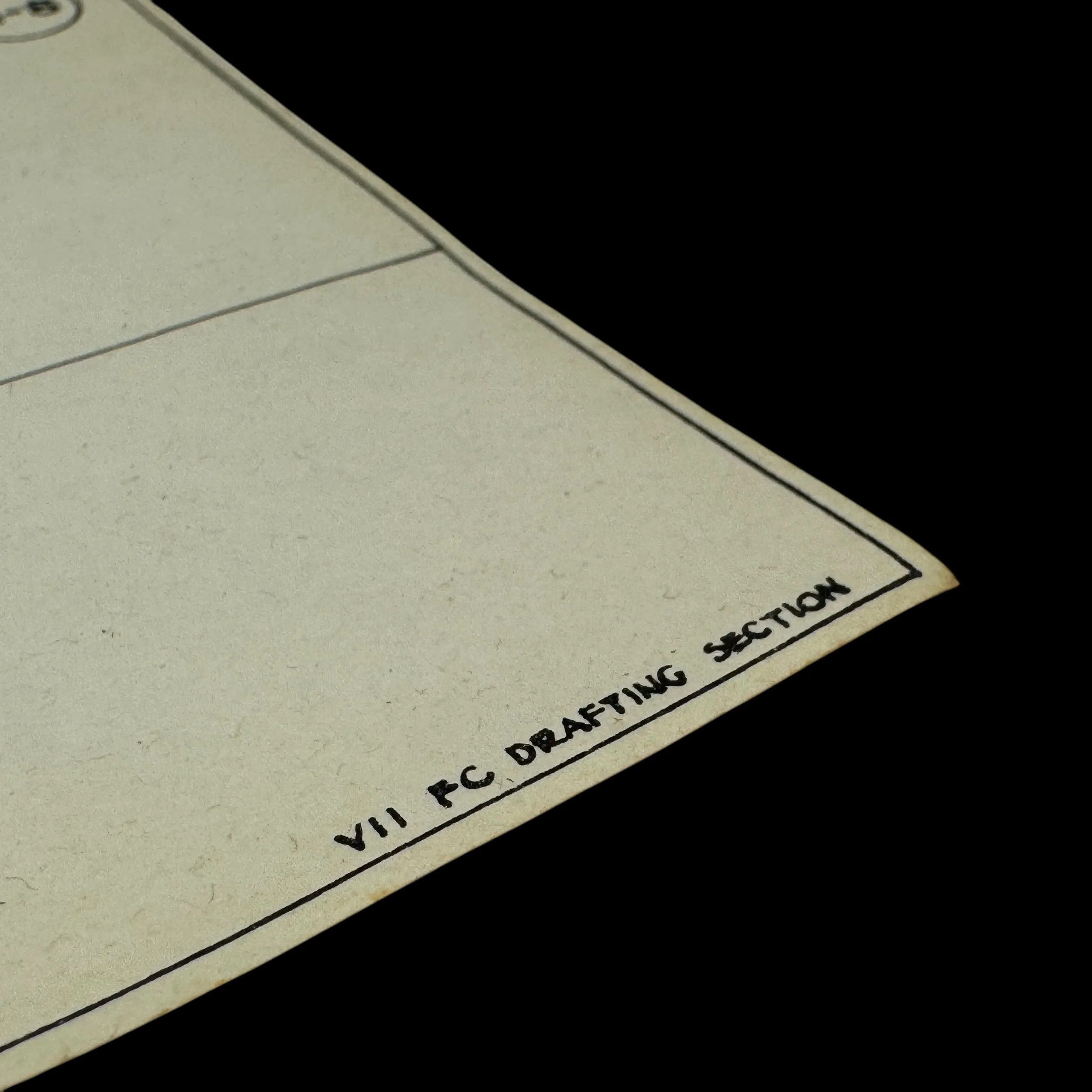
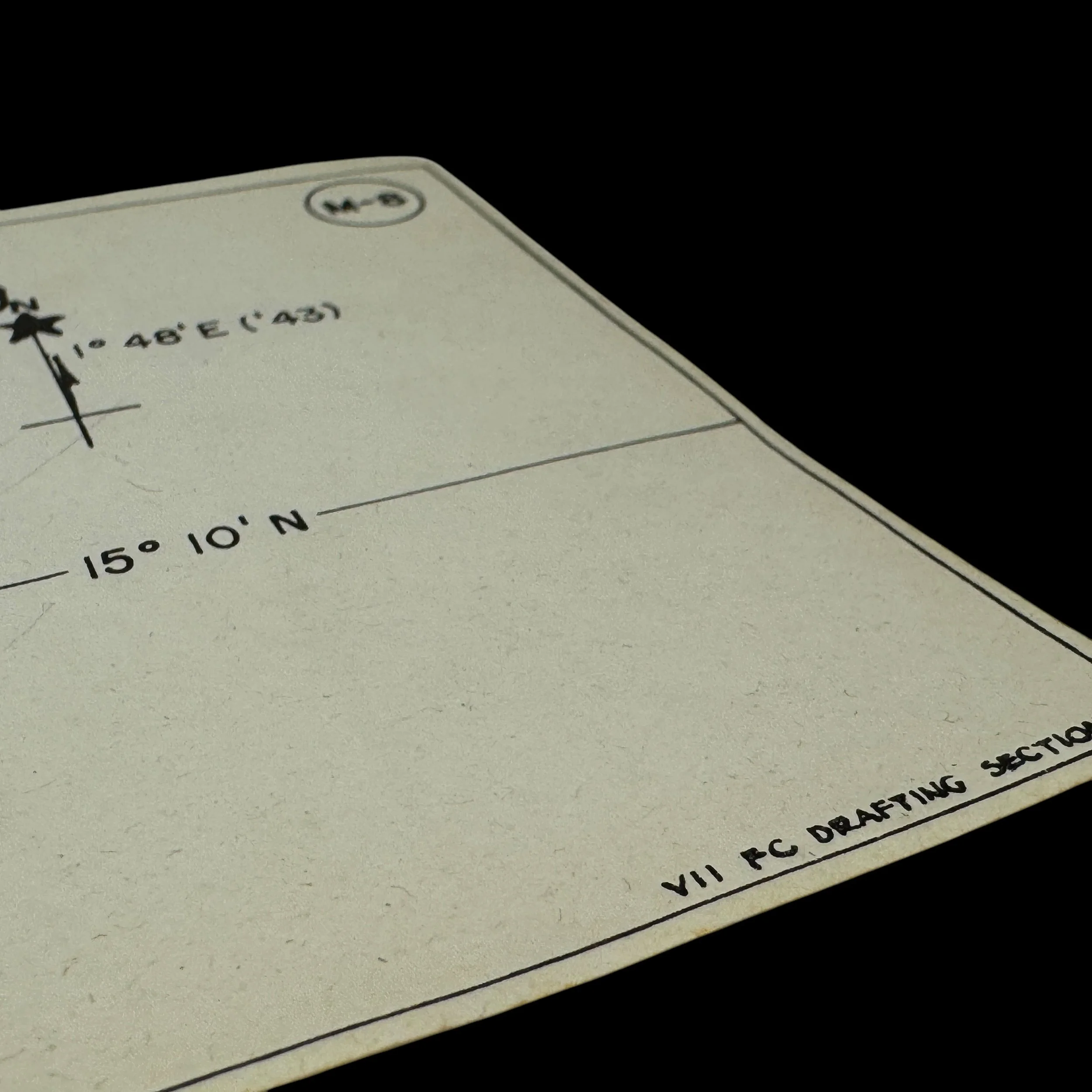
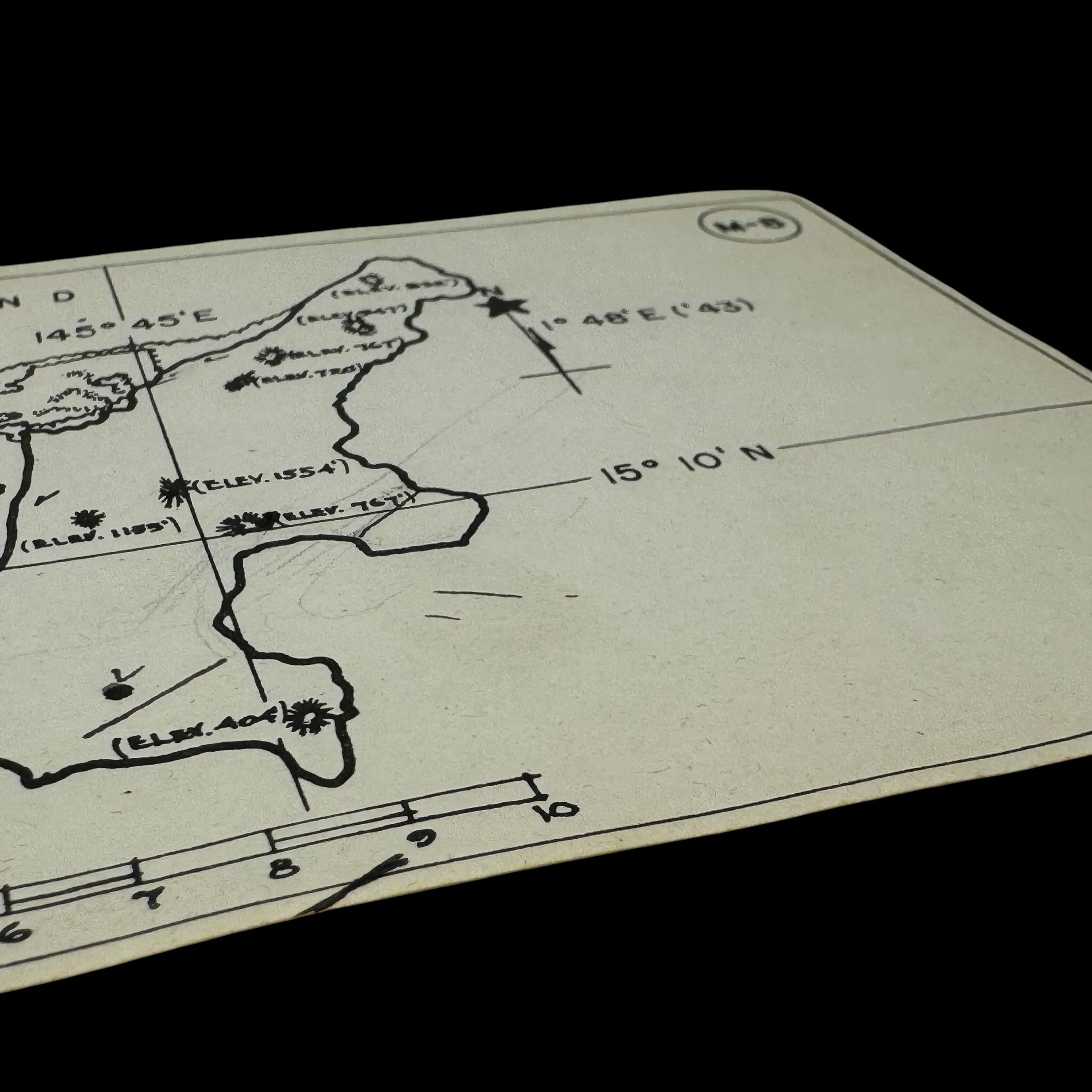
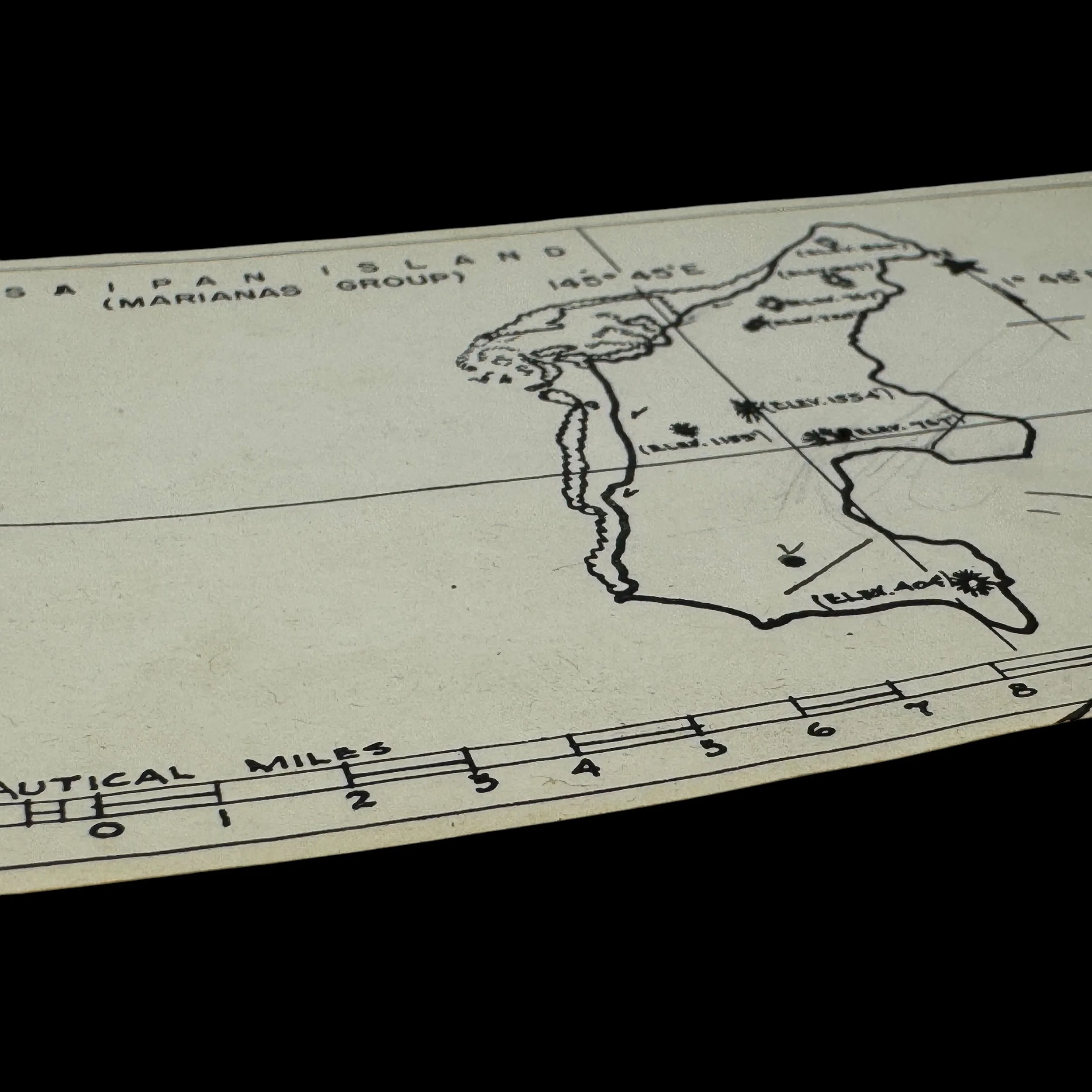
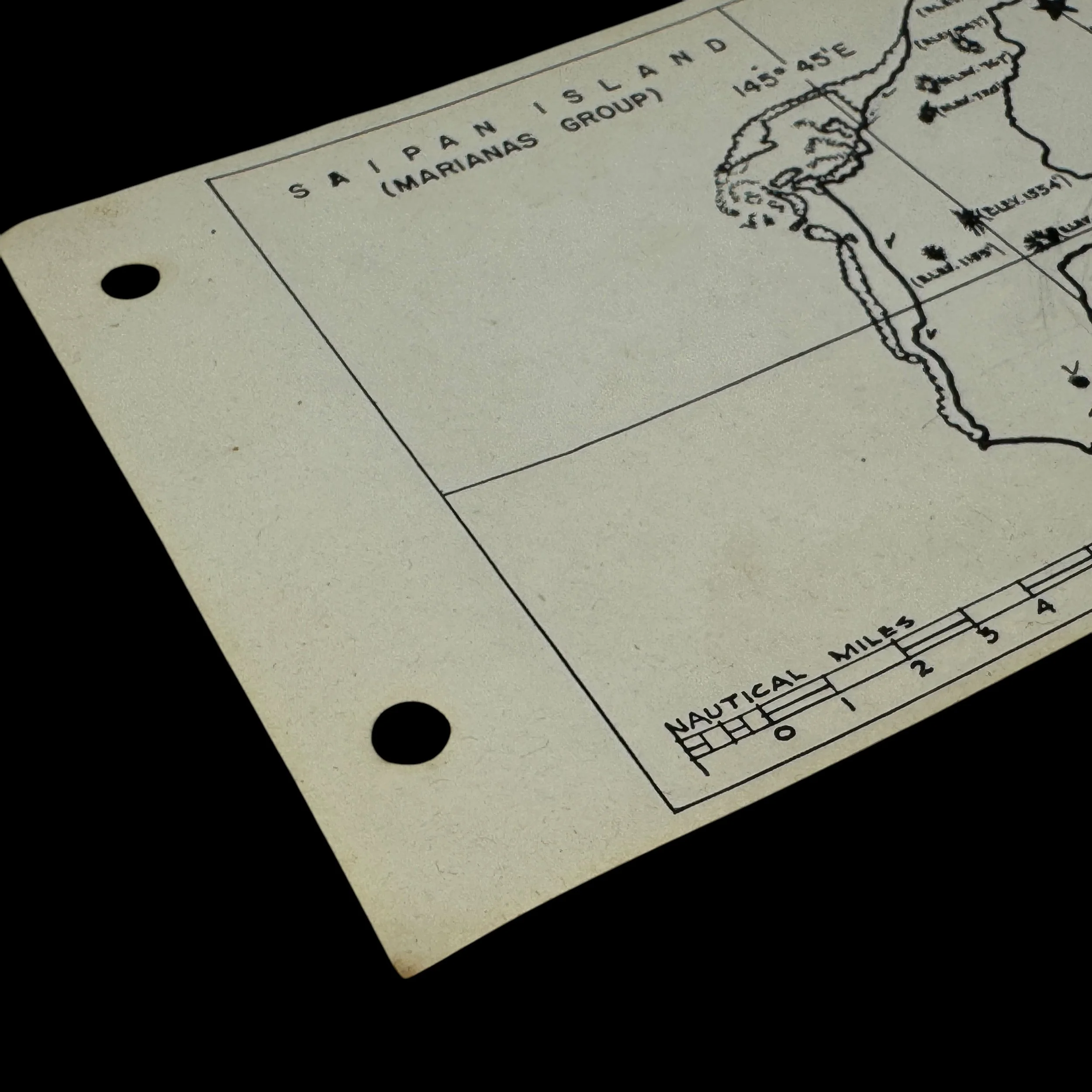
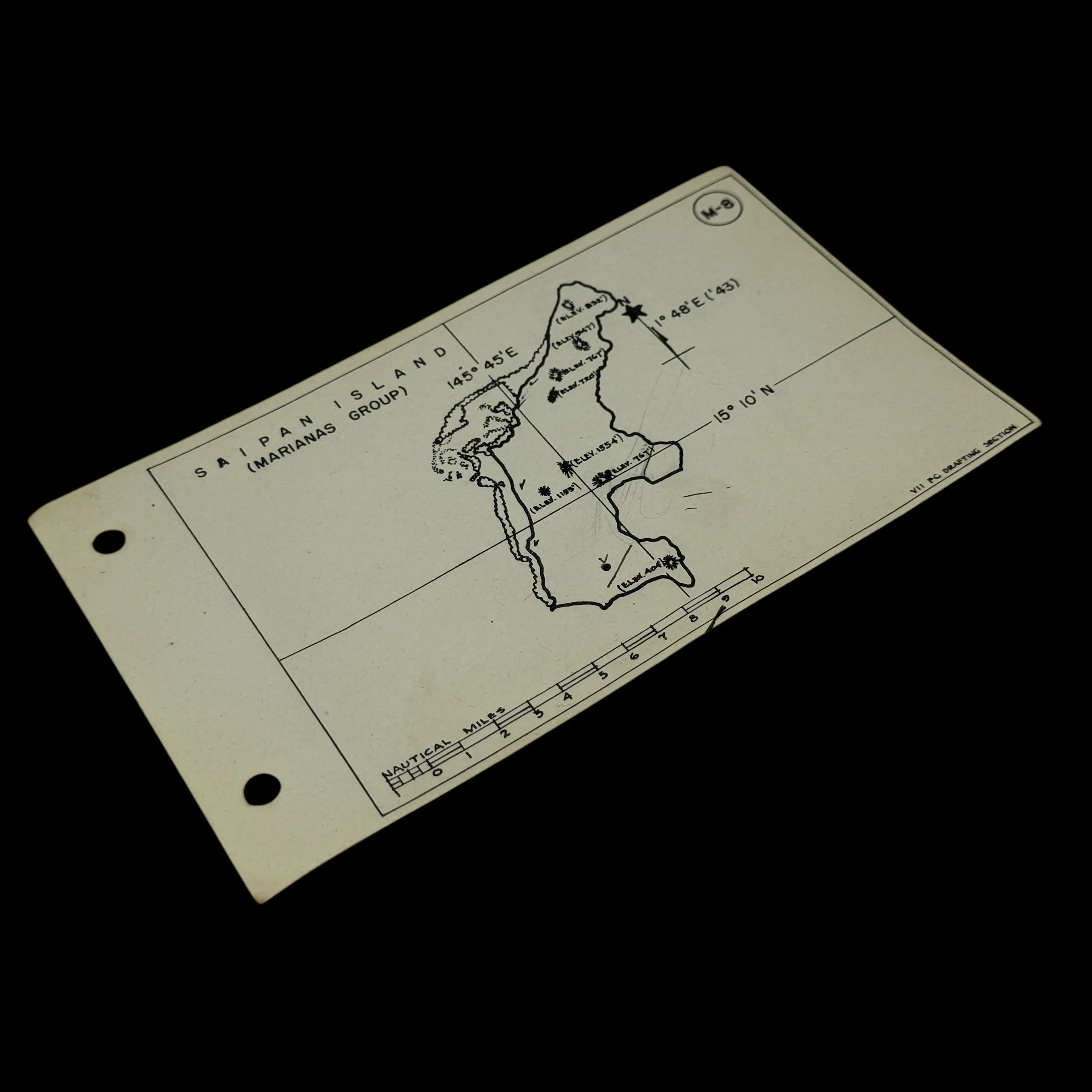
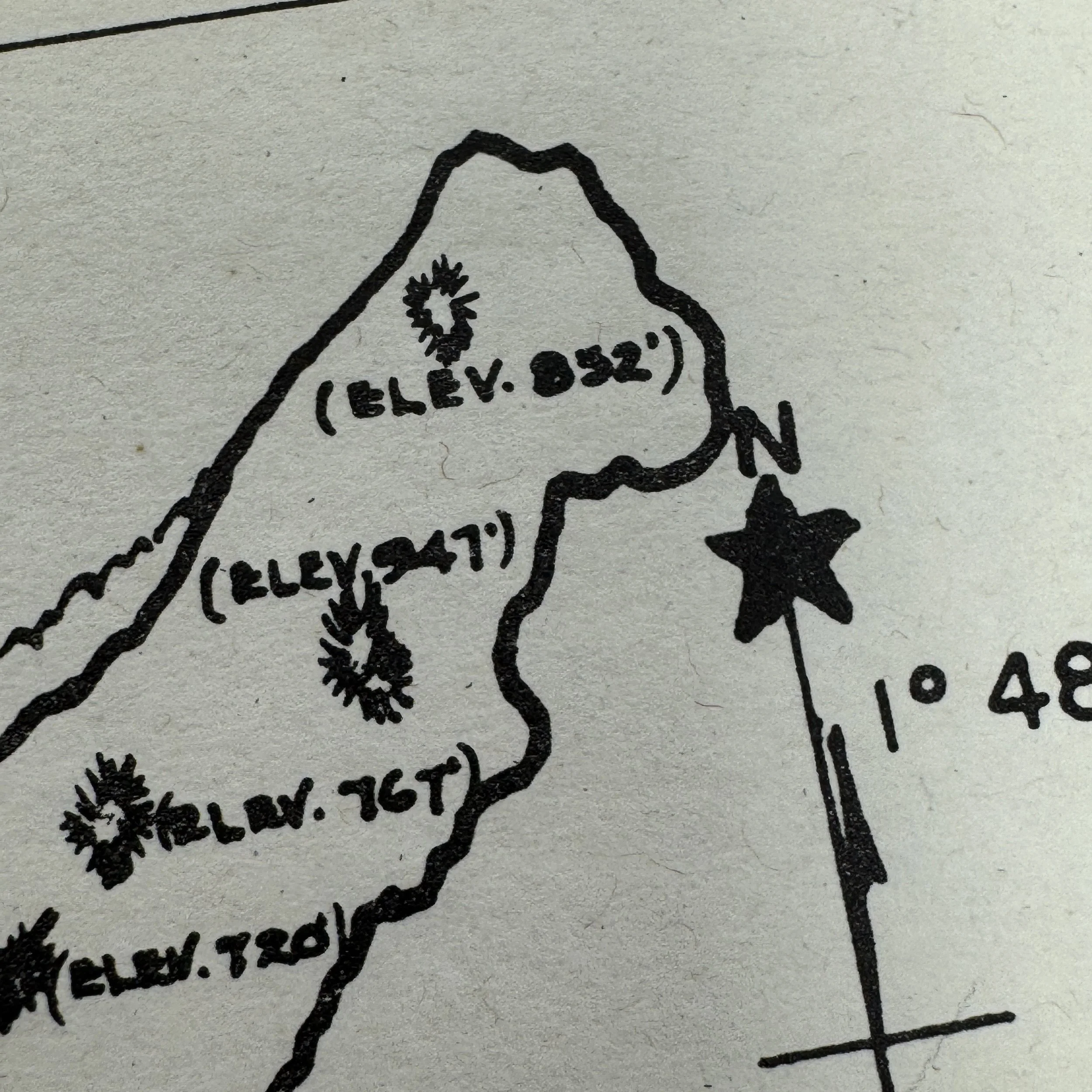
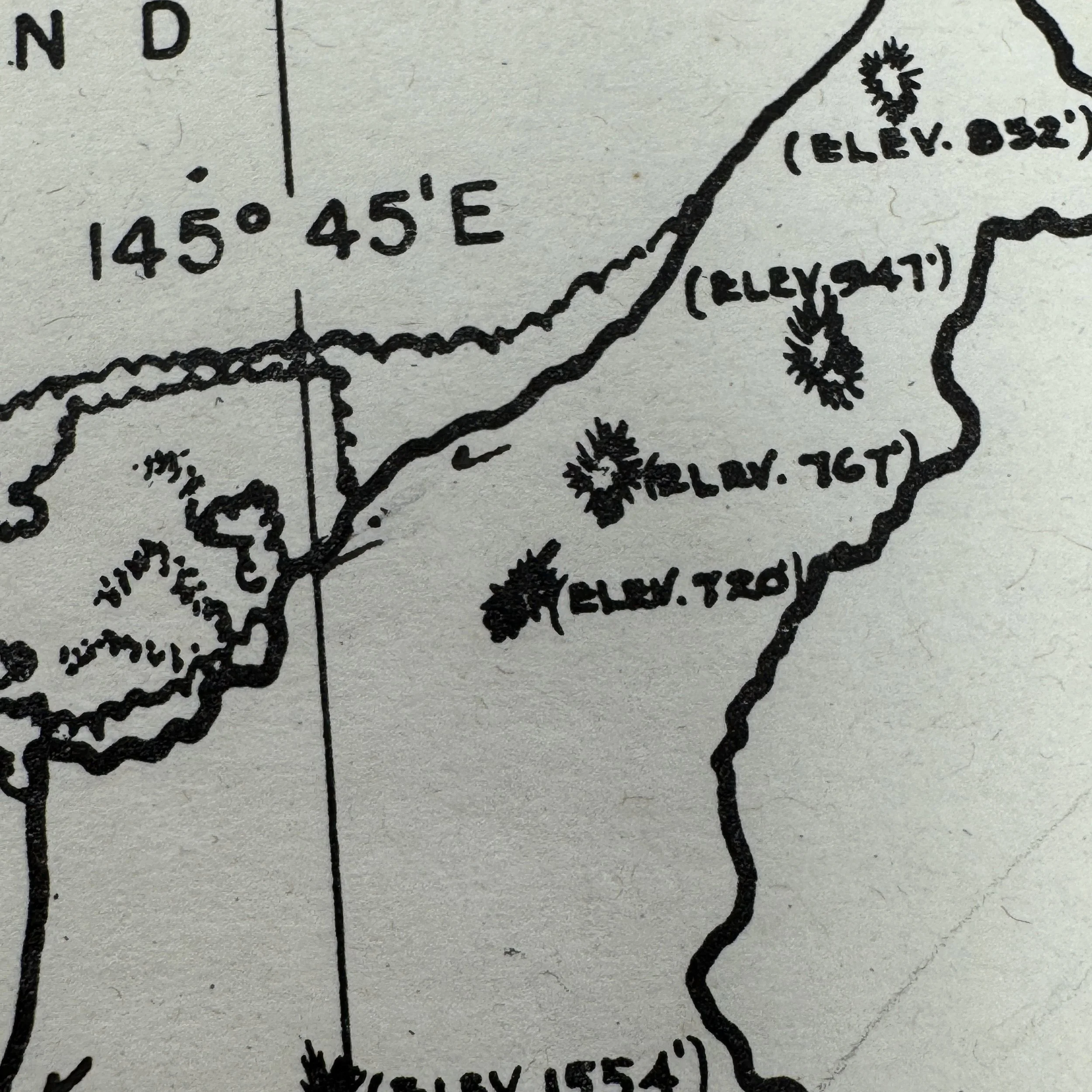

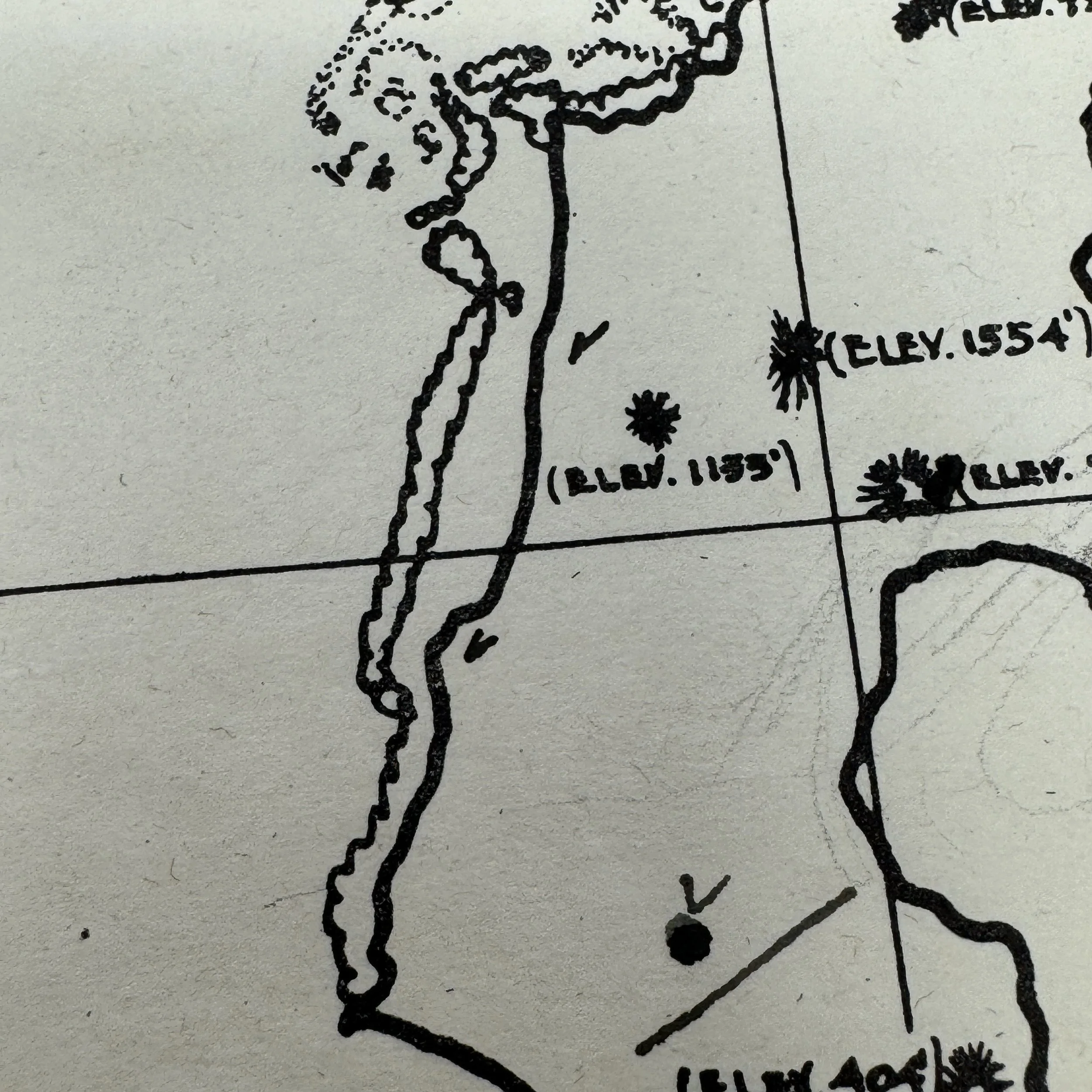
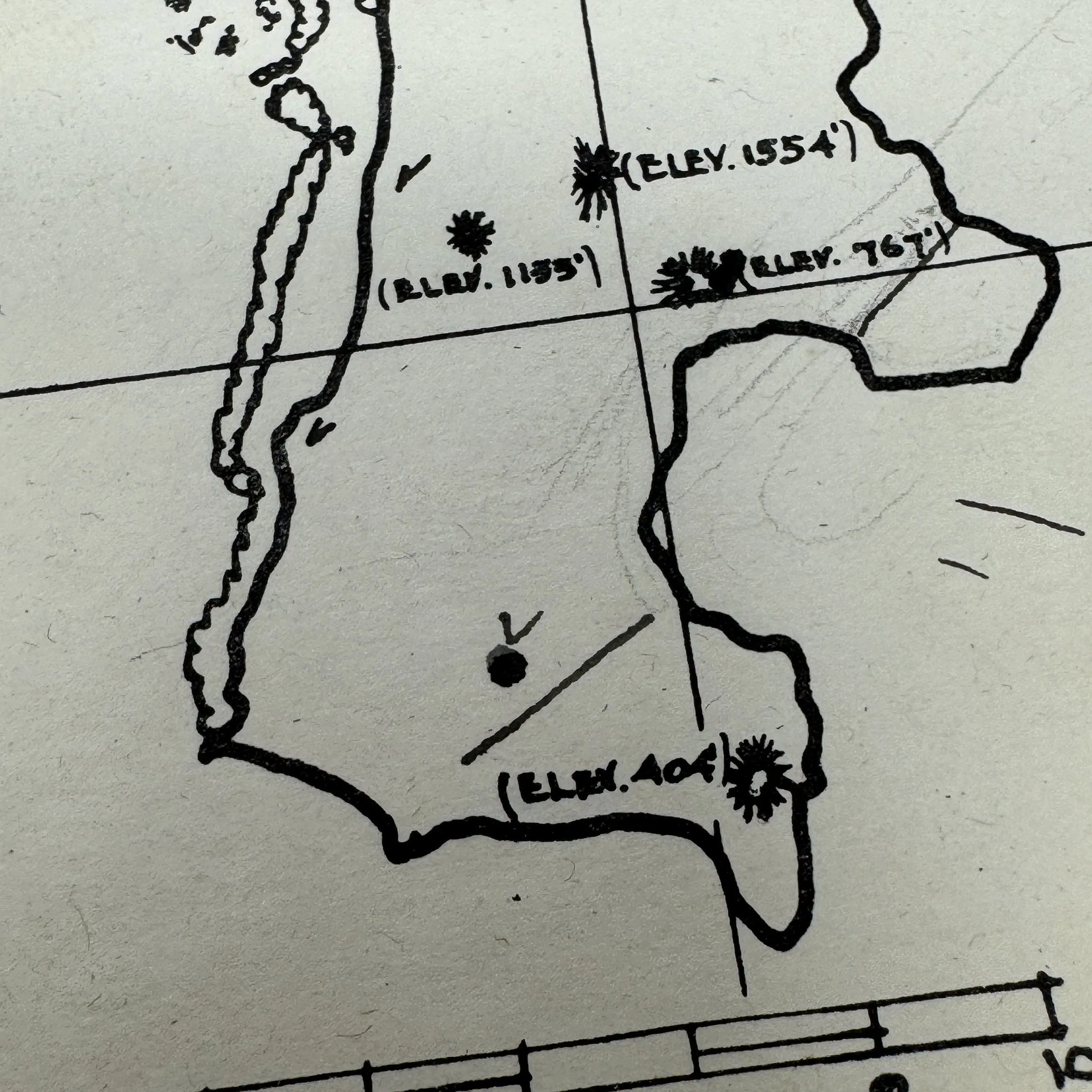

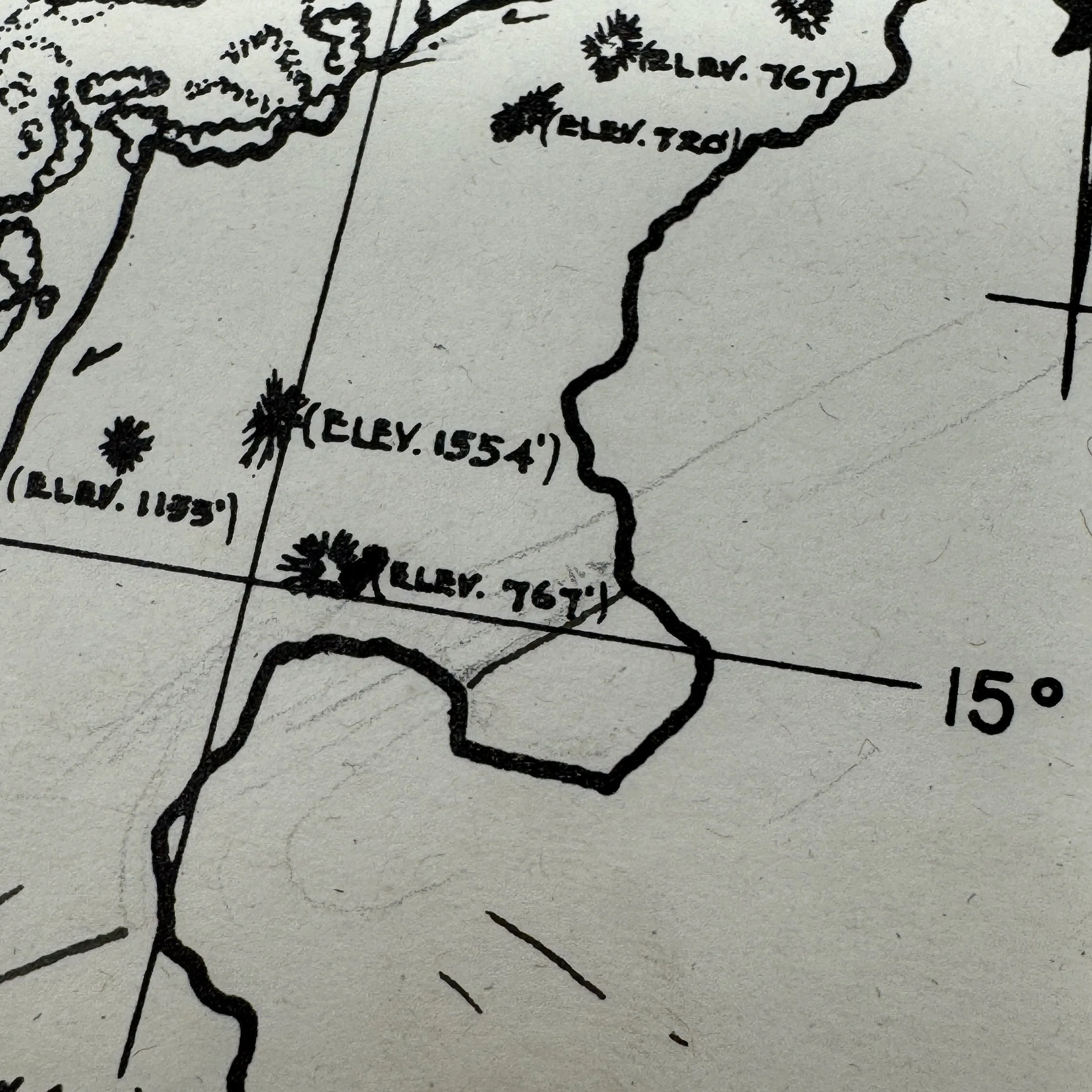
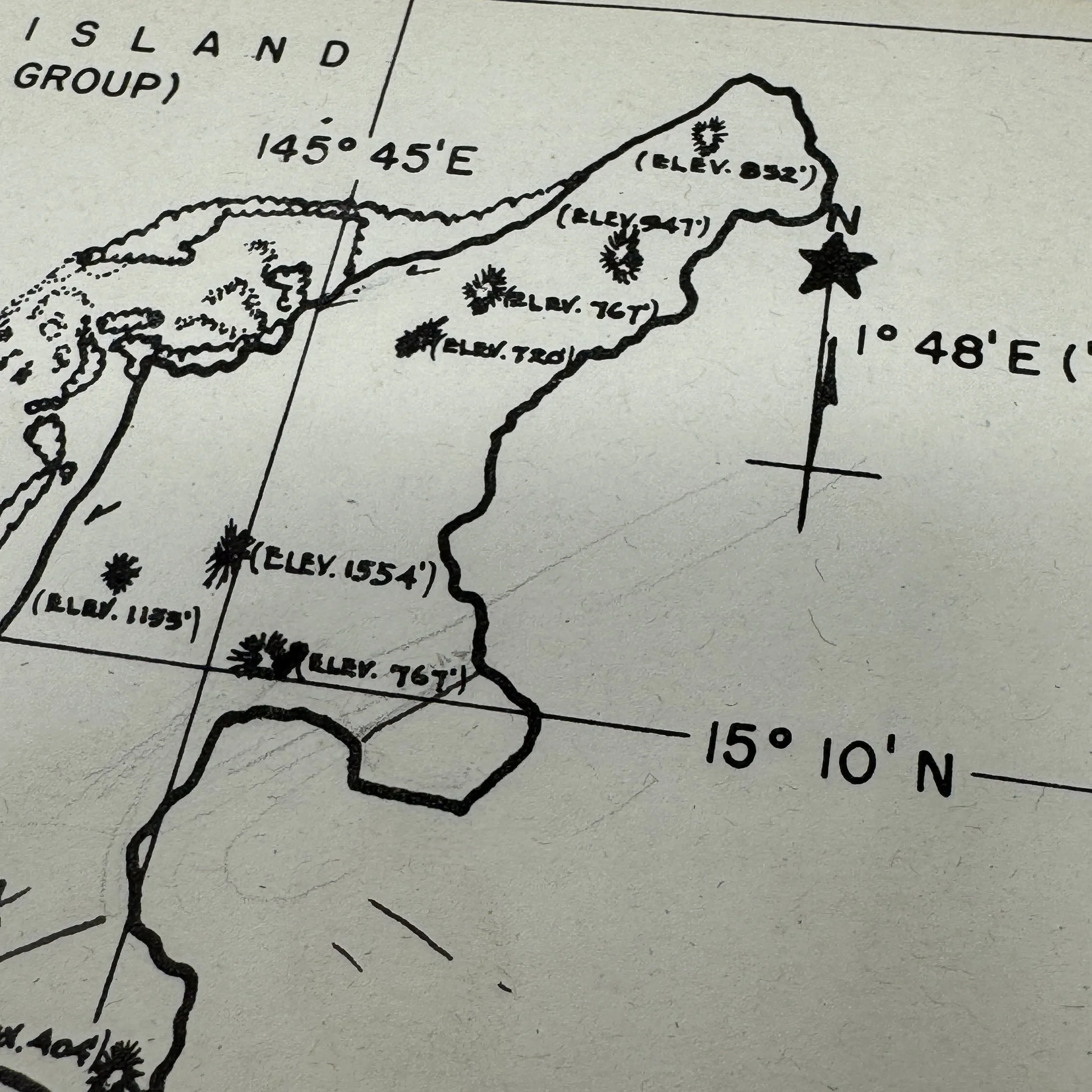
RARE! WWII VII Fighter Command P-51 Mustang Pilot Saipan (Marianas Group) "Kneepocket" Flight Combat Map
Comes with a hand-signed C.O.A.
“As part of the Seventh Air Force, the VII Fighter Command P-51 pilots were instrumental in securing U.S. air superiority, conducting long-range escort missions, and supporting the strategic bombing campaign against Japan. Their deployment in the Marianas Campaign was pivotal to the success of the island-hopping strategy and the eventual destruction of Japan’s war-making capabilities”
Type: Original World War II VII Fighter Command “Kneepocket" Flight Map Specially Made For P-51 Mustang Pilots of the Seventh Air Force’s VII Fighter Command
Titled: Saipan Island - Marianas Group
During World War II, the VII Fighter Command played a pivotal role in the air war over the Central Pacific, particularly in operations surrounding the Marianas Islands from 1944 to 1945. As part of the U.S. Army Air Forces’ Seventh Air Force, the command was tasked with providing long-range fighter escort, island defense, and offensive sweeps against Japanese forces entrenched throughout the Pacific. With the capture of the Marianas—specifically Saipan, Tinian, and Guam—VII Fighter Command established critical forward bases that enabled extended operations deep into enemy-held territory. The introduction of the North American P-51 Mustang dramatically transformed their capabilities, allowing for high-speed, long-range escort missions that accompanied B-29 Superfortresses during their bombing campaigns against the Japanese homeland. From Saipan, P-51 pilots of the VII Fighter Command conducted daring missions over Iwo Jima, the Bonin Islands, and later Japan itself, engaging in fierce aerial dogfights and relentless strafing runs. Their presence over Saipan ensured air superiority in the region, protecting vital bomber routes and contributing to the overall success of the Pacific island-hopping campaign. The bravery and endurance of these Mustang pilots, flying hundreds of miles over open ocean, became a defining chapter in the history of the VII Fighter Command and a critical element in the eventual Allied victory in the Pacific.
Size: 4 × 7 inches
This incredibly rare, museum-grade World War II artifact is an original combat map used by United States Army Air Forces (USAAF) pilots from the Pacific Theater's VII Fighter Command. Known among pilots as the "kneepocket" map, this essential navigation tool was carried by all P-51 Mustang pilots on every combat mission during the war.
Designed and field-printed by the “VII Fighter Command Drafting Section”, this compact yet detailed map was tailored for the specific challenges faced during long-range escort and reconnaissance missions over the vast Pacific Ocean. It was designed to fit perfectly inside the large knee pocket of a P-51 pilot’s flight suit, ensuring easy access without interfering with cockpit controls during combat missions.
The kneepocket map was vital during missions, whether escorting B-29 Superfortresses on Very Long Range (VLR) bombing runs to Japan, or conducting fighter sweeps and reconnaissance. Pilots used this map while in the air to track their positions, coordinate formation movements, and record real-time intelligence on enemy activity and potential targets.
Additionally, the map played a crucial role in emergency planning, providing vital information about nearby islands for potential crash landings. In a theater where engine failure, damage from enemy fire, or fuel shortages posed constant threats, the kneepocket map could mean the difference between survival and being lost at sea.
As a field-produced document, each map was unique, and only a handful of examples with direct connections to the VII Fighter Command have survived, with most reserved for high-end museum archives. Today, these original VII Fighter Command combat maps are exceedingly rare artifacts of WWII aviation history.
Guardians of the Central Pacific: The VII Fighter Command and the P-51 Mustang Pilots over the Marianas, 1944–1945
As World War II progressed into its final and most decisive years, the strategic landscape of the Pacific Theater dramatically shifted with the capture of the Mariana Islands in mid-1944. This chain of volcanic islands—including Saipan, Tinian, and Guam—became the launchpad for the final Allied push toward Japan. Among the most critical, yet often overlooked, contributors to this effort was the VII Fighter Command, an aerial force responsible for both defensive and offensive air operations in support of the Pacific island-hopping campaign. With the introduction of the long-range P-51 Mustang to the theater, the VII Fighter Command transformed from a defensive unit to a bold offensive spearhead capable of projecting American airpower deep into enemy territory. From 1944 to 1945, their missions based out of Saipan and the greater Marianas not only protected strategic B-29 bombing raids but also helped secure air superiority across vast stretches of the Pacific Ocean.
Origins and Transformation of the VII Fighter Command
Originally established in 1942 as part of the Seventh Air Force, the VII Fighter Command was designed to provide aerial defense for the Hawaiian Islands in the wake of the attack on Pearl Harbor. However, as the Pacific War evolved and American forces pushed westward, the role of the command expanded significantly. By 1944, following the costly but crucial capture of Saipan in July of that year, the VII Fighter Command had become a mobile and aggressive aerial force. The Marianas represented a turning point. With airfields established on Saipan, Tinian, and Guam, the U.S. now had bases from which B-29 Superfortress bombers could launch long-range attacks on the Japanese mainland. But these bombers were vulnerable to Japanese fighter interception without adequate escort, and that’s where the VII Fighter Command’s transformation truly took flight.
The Arrival of the P-51 Mustang
Initially, the VII Fighter Command relied on P-47 Thunderbolts and P-40 Warhawks—both capable aircraft but limited in range and maneuverability for extended missions over water and enemy territory. The arrival of the P-51 Mustang, particularly the P-51D variant, changed the equation entirely. With drop tanks, the Mustang could escort bombers up to 1,650 miles, a game-changer in the Pacific Theater. The P-51’s powerful Rolls-Royce Merlin engine, combined with its agility and firepower, allowed American pilots to engage Japanese aircraft on equal or superior footing.
From bases like East Field on Saipan, the VII Fighter Command began sending P-51s on increasingly ambitious missions. These included escort duties for B-29 raids over Iwo Jima, the Bonin Islands, and eventually Japan itself, as well as combat air patrols, reconnaissance, and strafing missions. One of the primary tasks for the P-51 pilots was to neutralize remaining Japanese airfields on nearby islands and disrupt any enemy attempts to reinforce or resupply their garrisons.
Combat Missions over and around Saipan
The airmen stationed on Saipan operated under extreme conditions. Tropical heat, relentless missions, and the psychological strain of flying hundreds of miles over open ocean made each sortie a test of endurance. Missions often began before dawn and could last several hours, requiring pilots to maintain high levels of alertness and situational awareness throughout.
The VII Fighter Command’s P-51 squadrons provided crucial top cover for bomber formations, engaging in fierce aerial dogfights with Japanese interceptors. Many Japanese planes were older and outclassed by the P-51s, but the threat remained real. In addition to air-to-air engagements, P-51 pilots also executed ground-attack missions, strafing airfields, supply depots, anti-aircraft positions, and even shipping vessels. These missions were not without cost. Pilots who were shot down over the ocean faced long odds of survival and rescue, and many did not return.
One particularly vital mission type was the "Very Long Range" (VLR) escort, which became increasingly common in late 1944 and into 1945. These VLR missions took P-51s hundreds of miles north toward Iwo Jima and the Japanese homeland, requiring coordination between bomber groups, escort fighters, and naval forces in the region. The eventual capture of Iwo Jima in early 1945 allowed for even more efficient operations, with the island serving as a mid-point emergency landing strip for damaged B-29s and fighters.
Strategic Importance and Legacy
The contributions of the VII Fighter Command and its P-51 pilots were instrumental in the success of the Pacific air campaign. By suppressing enemy air defenses, providing effective bomber escort, and maintaining dominance in the skies, they ensured that the B-29 bombing campaigns could proceed with increasing effectiveness. These included the firebombing of Tokyo and other Japanese cities, and the eventual atomic bomb missions in August 1945.
Equally important was the morale effect of the P-51 presence. Their sleek, high-performance profile became a symbol of American air superiority. The Japanese, once dominant in the skies early in the war, now faced a relentless and technologically superior foe. The VII Fighter Command's success over the Marianas, especially from Saipan, proved the feasibility of sustained, long-range air operations from Pacific island bases—paving the way for the final phase of the war in the Pacific.
From the volcanic runways of Saipan to the skies over Iwo Jima and beyond, the VII Fighter Command’s P-51 Mustang pilots carried out some of the most challenging and daring missions of World War II. Operating at the edge of logistical capability, they became the shield and sword of the U.S. Army Air Forces in the Central Pacific. Their efforts not only protected the strategic bombing campaign but also hastened the end of the war. Today, their legacy endures in the history of air combat and the liberation of the Pacific. Their courage, endurance, and skill continue to be remembered as a defining chapter in the annals of aerial warfare.